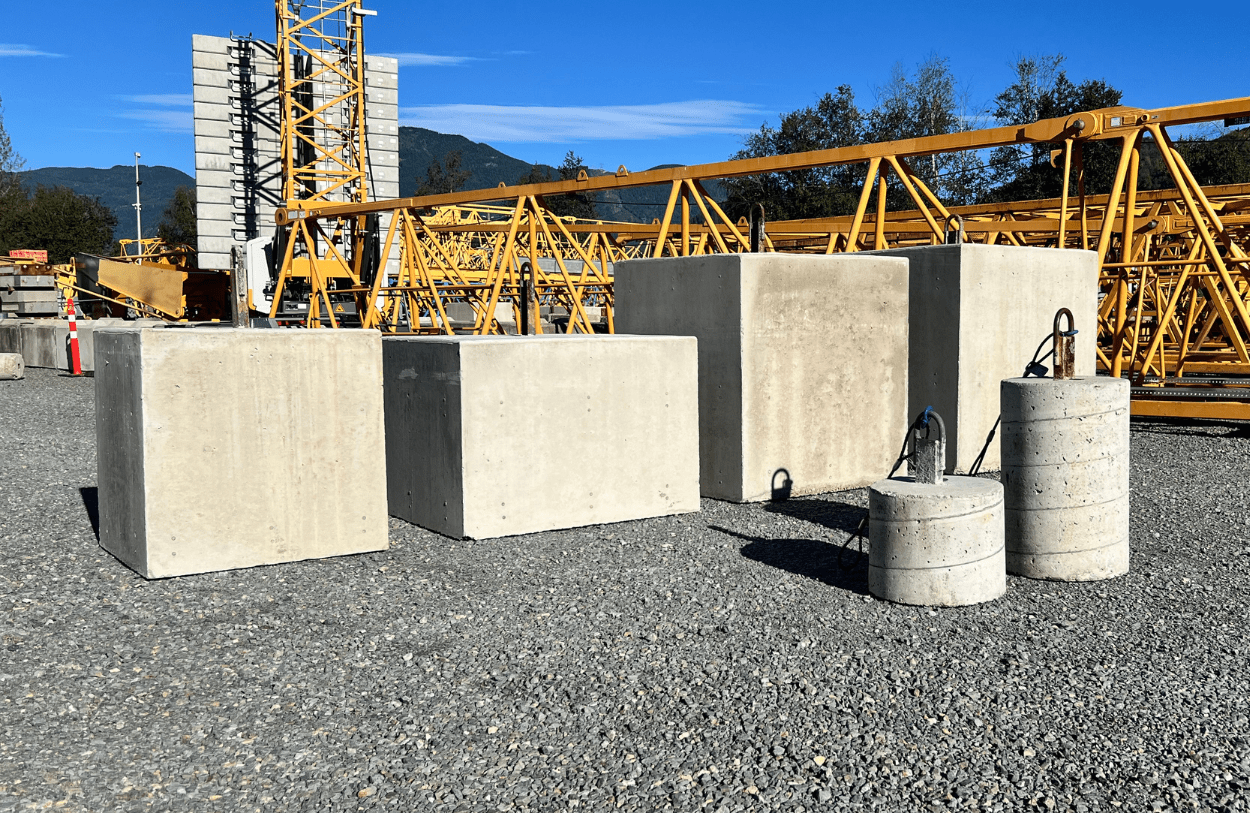
The most common cause of crane accidents is human error, whether that means crane operators, signalers, or those responsible for maintenance and safety procedures. Safe work practices and procedures are absolutely essential for the prevention of crane accidents.
While a crane may appear to be a simple device, its operation involves complex physics. You don’t need to be an engineer to operate a crane safely, but everyone involved with the crane’s operation should be follow some basic steps for safe operation.
Here are the top ten ways to prevent crane accidents:
- Crane Inspection. Every crane should undergo an annual inspection—that’s the first step. But daily checks are also critical, to ensure that all components are working properly. Many operators are unaware that pushing a crane to its limits can lead to the damage of key components, which could lead to failure.
- Field Level Hazard Assessment. This is the process by which the operator identifies site and job-specific hazards, then evaluates the associated risks, and then eliminates or controls the hazards prior to beginning work.
- Lift Plan. Every lift is different, so it’s important to review all hazards, the load weight capacities, integrity of the equipment, the possible effect of wind, and any other factors. The operator, riggers, and other workers involved with the lift must be part of that planning process.
- Communication. Everyone needs to know what’s happening. Communicate hazards and controls for the site-specific task. Communicate safe work practices and procedures to be followed. Communicate the plan to successfully complete the task. Communicate and assign clear roles and responsibilities to the ground crew. Communicate and agree on the plan by having everyone sign off on the plan.
- Follow the Plan. Far too often, accidents occur when the plan is not followed or enforced.
- Know the Ground Conditions. The most powerful crane is only as strong and stable as the surface upon which it stands. It’s critical to know what’s underneath the crane, in terms of the classification of the soil or other material. Only then can the setup and the load limits be adjusted accordingly. While many cranes are equipped with outriggers, they do not ensure a stable surface. It’s important to know the load weight and how that is affected by the conditions of your job site. The crane’s load chart can help you determine whether your lift will be safe.
- Know the Crane’s Radius. The specific arc in which the counterweight and boom travel is called the swing radius. It’s important to ensure that the area within that radius is barricaded off. It is critically important to establish a control zone for those authorized to work in the immediate area. Constantly check the area throughout the day to ensure that there are no objects in the radius of the boom. If an obstacle is introduced, be sure that the operator and other workers are aware of it and a plan is intact to avoid it.
- Use the Crane Properly. Cranes are engineered for vertical lifting, so be careful to ensure that the crane is not being used for side loading or other improper activities. Using a crane to drag something across the ground or from under an obstacle puts extreme stress on the boom, on the turntable, and on all of the structural members. It could potentially weaken key components and lead to failure.
- Clear Signaling. Whether you use radios, air horns, hand signals, or some other method, there needs to be clear communication between the operator and the signaler. That’s especially critical when a crane is making a lift in which the operator cannot see the load. Don’t assume that everyone knows how instructions will be communicated. Make sure everyone understands the signaling system and follows it.
- Stay Focused. Everyone involved with the operation of a crane needs to stay alert and focused on the job at hand. Distraction and lack of focus are common causes of work-related incidents and accidents.





